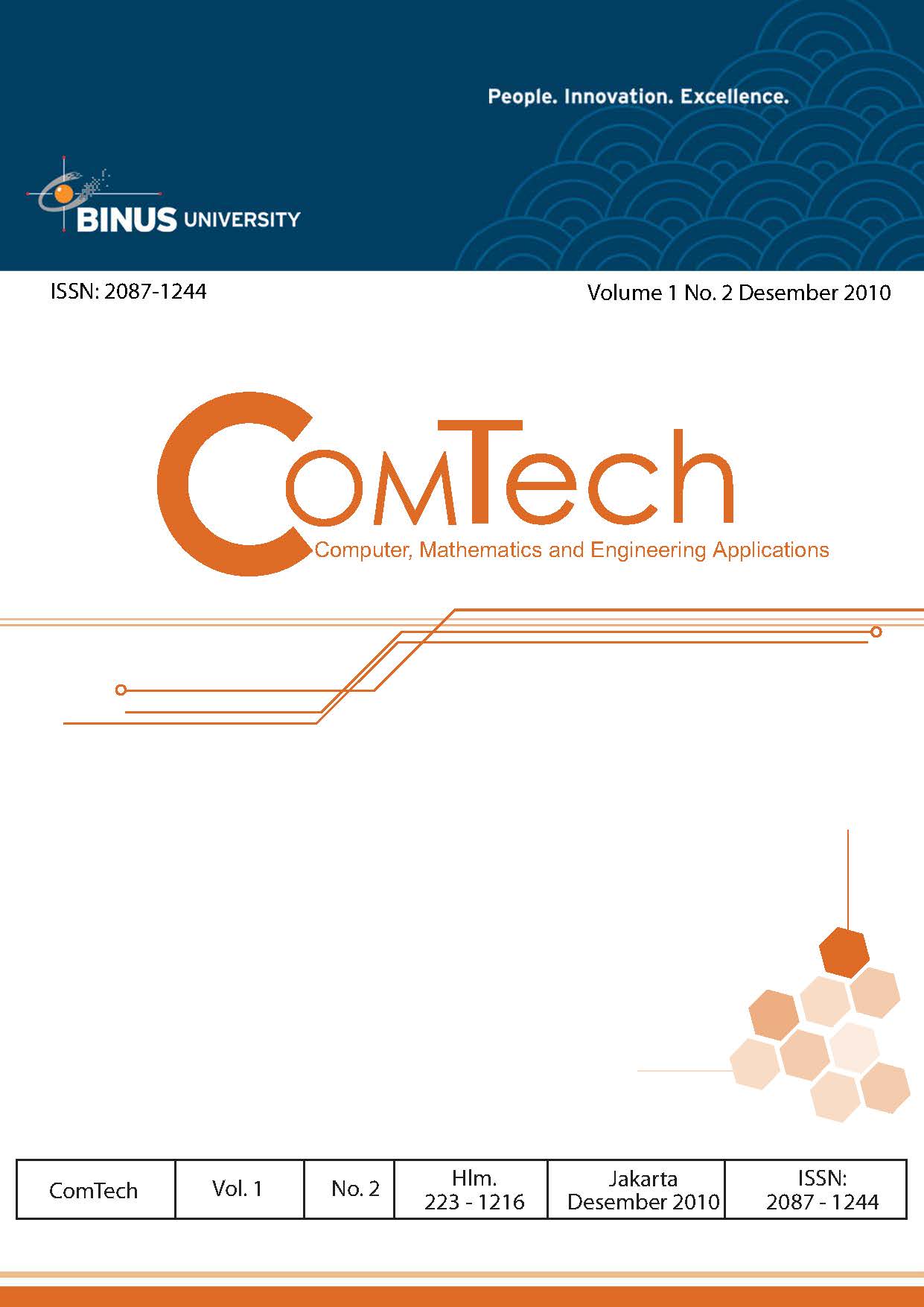Simulasi Penggunaan Ipv6 Pada PD. Pumas Jaya Menggunakan Metode Manual Tunneling
DOI:
https://doi.org/10.21512/comtech.v1i2.2571Keywords:
IPv4, IPv6, transition, manual tunnelingAbstract
Internet usage trends with IPv4 addresses that only have 32-bit addresses could no longer cope with the large allocation of the required addresses. Internet Engineering Task Force (IETF) has issued a new standard of Internet protocol called IPv6 to anticipate this problem. PD. Pumas Jaya, which started in 1996 in the field of marine products in particular marinated seafood, such as salted fish, rebon shrimp, cuttlefish, anchovies and other marine products to anticipate the need for this in its network. However, IPv6 can not simply be used to replace IPv4 as the existing network infrastructure with IPv4. This research discussed IPv6 simulation tunneling with manual methods so that an IPv6 site can communicate with other IPv6 site even if separated by an infrastructure that supports only IPv4.
Â
References
Feit, S. (1998). TCP/IP Architecture:Protocols, and Implementation with IPv6 and IP Security, 2nd edition. McGraw-Hill.
Norton, P.,& Kearns, D. (1999). Complete Guide to Networking, 1st Edition. USA: Sams.
Rafiudin, R. (2005). IPv6 Addressing. Jakarta: PT. Elex Media Komputindo
Strauss, J., Adel E., & Frost, R. (2003). e-Marketing. Third Edition. Pearson Education, Inc.
Downloads
Published
How to Cite
Issue
Section
License
Authors who publish with this journal agree to the following terms:
a. Authors retain copyright and grant the journal right of first publication with the work simultaneously licensed under a Creative Commons Attribution License - Share Alike that allows others to share the work with an acknowledgment of the work's authorship and initial publication in this journal.
b. Authors are able to enter into separate, additional contractual arrangements for the non-exclusive distribution of the journal's published version of the work (e.g., post it to an institutional repository or publish it in a book), with an acknowledgment of its initial publication in this journal.
c. Authors are permitted and encouraged to post their work online (e.g., in institutional repositories or on their website) prior to and during the submission process, as it can lead to productive exchanges, as well as earlier and greater citation of published work.
 USER RIGHTS
 All articles published Open Access will be immediately and permanently free for everyone to read and download. We are continuously working with our author communities to select the best choice of license options, currently being defined for this journal as follows:




















